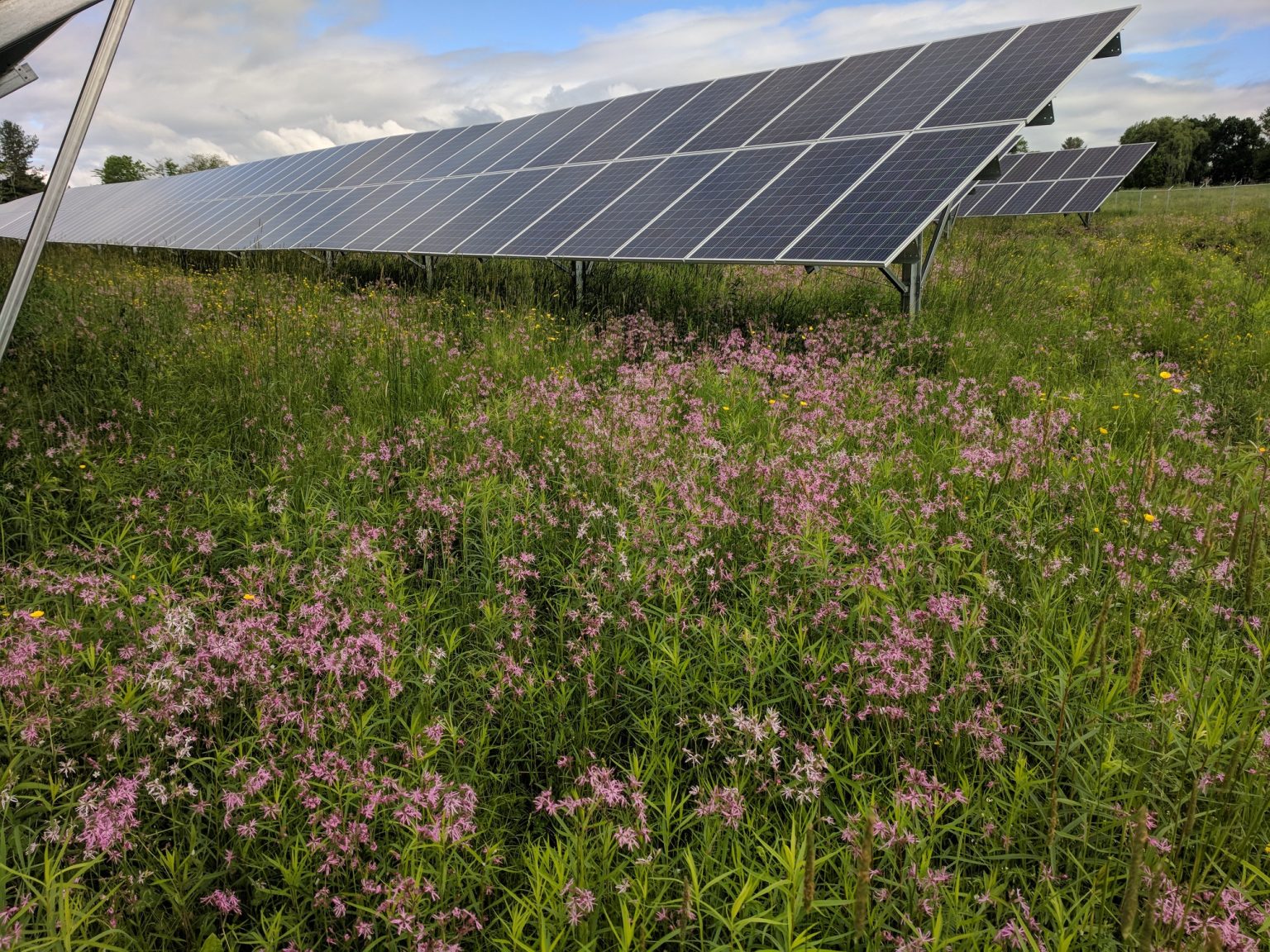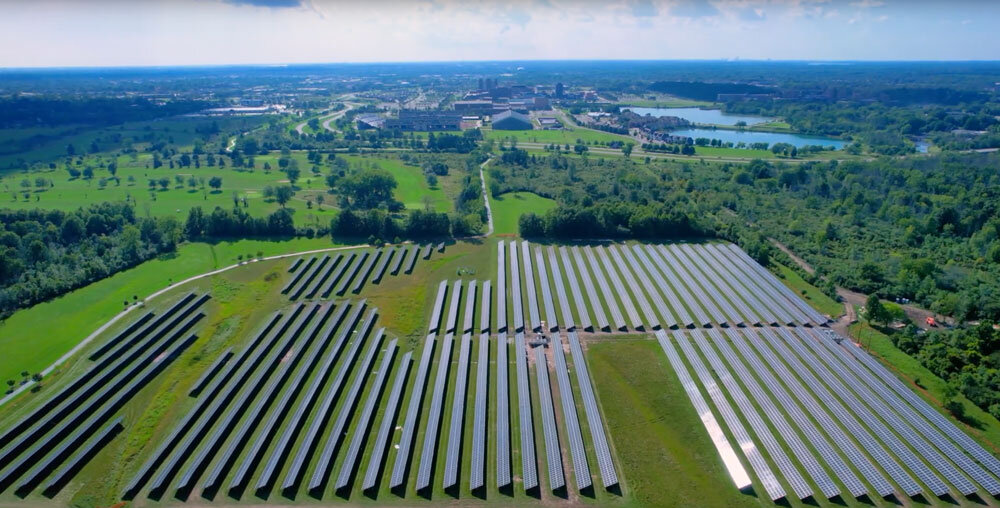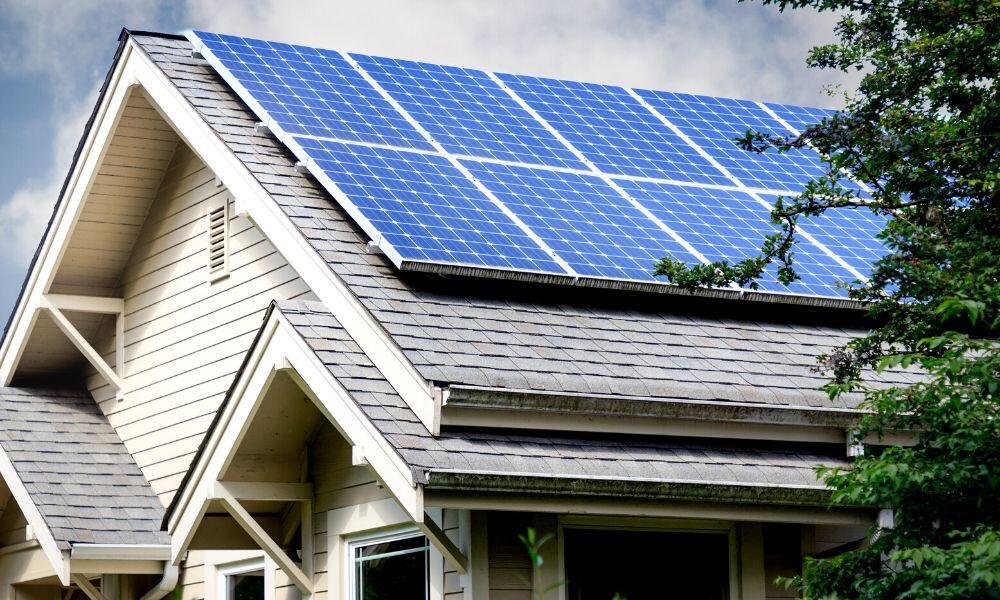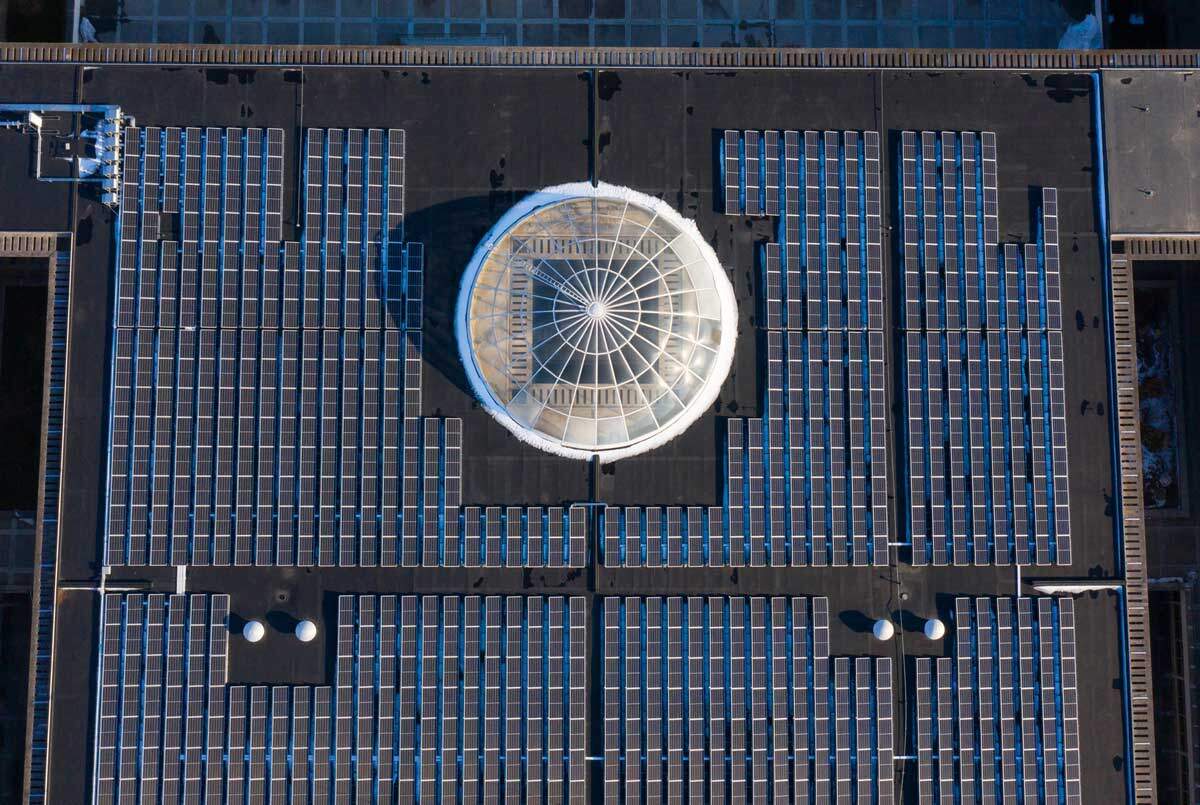AGRIVOLTAICS: COMBINING AGRICULTURE AND SOLAR POWER
Agrivoltaics, also known as “solar sharing”, is the practice of combining agriculture with solar energy production on the same land. This innovative approach to land use has the potential to revolutionize the way we generate renewable energy while also increasing food production and promoting sustainable farming practices. In this blog post, we will discuss the benefits of agrivoltaics and how it can contribute to a more sustainable future.
- Increased land use efficiency: Agrivoltaics maximizes the use of land by combining solar panels and agricultural crops on the same field. This means that farmers can produce both food and renewable energy on the same piece of land, increasing overall productivity and efficiency. In addition, the solar panels can provide shade to the crops, reducing water consumption and improving crop yields.
- Reduced water consumption: The shade provided by the solar panels can significantly reduce water consumption in agricultural crops, particularly in hot and dry regions. Research has shown that crops grown in the shade of solar panels can use up to 60% less water than crops grown in full sun. This is because the shade reduces evapotranspiration, the process by which plants lose water through their leaves.
- Diversified income streams: Agrivoltaics can provide farmers with diversified income streams by allowing them to sell both crops and renewable energy. This can help to mitigate the risks associated with traditional farming practices, such as crop failure due to weather or pests.
- Reduced carbon footprint: Agrivoltaics reduces carbon emissions by producing renewable energy on-site, which can offset the energy used in traditional farming practices, such as irrigation and harvesting. This can help to reduce the overall carbon footprint of the agricultural sector, which is a significant contributor to greenhouse gas emissions.
- Improved soil health: The shade provided by the solar panels can help to maintain soil moisture and reduce soil erosion, which can lead to improved soil health and increased crop yields. In addition, the organic matter produced by the crops can improve the soil’s fertility and reduce the need for synthetic fertilizers.
- Enhanced biodiversity: Agrivoltaics can promote biodiversity by providing a habitat for pollinators, birds, and other wildlife. The shade provided by the solar panels can create a microclimate that is conducive to the growth of plants that support biodiversity, such as wildflowers and grasses.
In conclusion, agrivoltaics has the potential to provide a range of benefits, from increased land use efficiency and reduced water consumption to diversified income streams and improved soil health. By combining agriculture and solar energy production, we can create a more sustainable future that promotes both food security and renewable energy production.





